
Climate & Energy
WKU integrates the concept of green and sustainable development throughout the university campus, respond to the United Nations' sustainable development goals and China's carbon neutrality goals, and implement the campus carbon neutrality action plan.


Green Energy-savings Standards
WKU follows the current regulations and standards, including the Architectural Lighting Design Standards, Urban Night Lighting Design Specifications, and Urban Road Lighting Design Standards. Thermal Design Code for Civil Buildings, Energy-saving Design Standards for Public Buildings in Zhejiang Province, and Energy-saving Design Standards for Public Buildings.
The university also has a series of supporting systems, including the Regulations on Energy Conservation and Emission Reduction Measures, Methods for Energy Conservation Management and Examination, Implementation Plan for Garbage Classification, and Energy Conservation and Consumption Reduction Plan for Property Management. WKU fully considers the local meteorological conditions, hydrological data, geological data, etc., and considers energy-saving, land-saving, water-saving, material-saving, and environmental protection throughout the entire life cycle of the campus to strengthen building energy management.
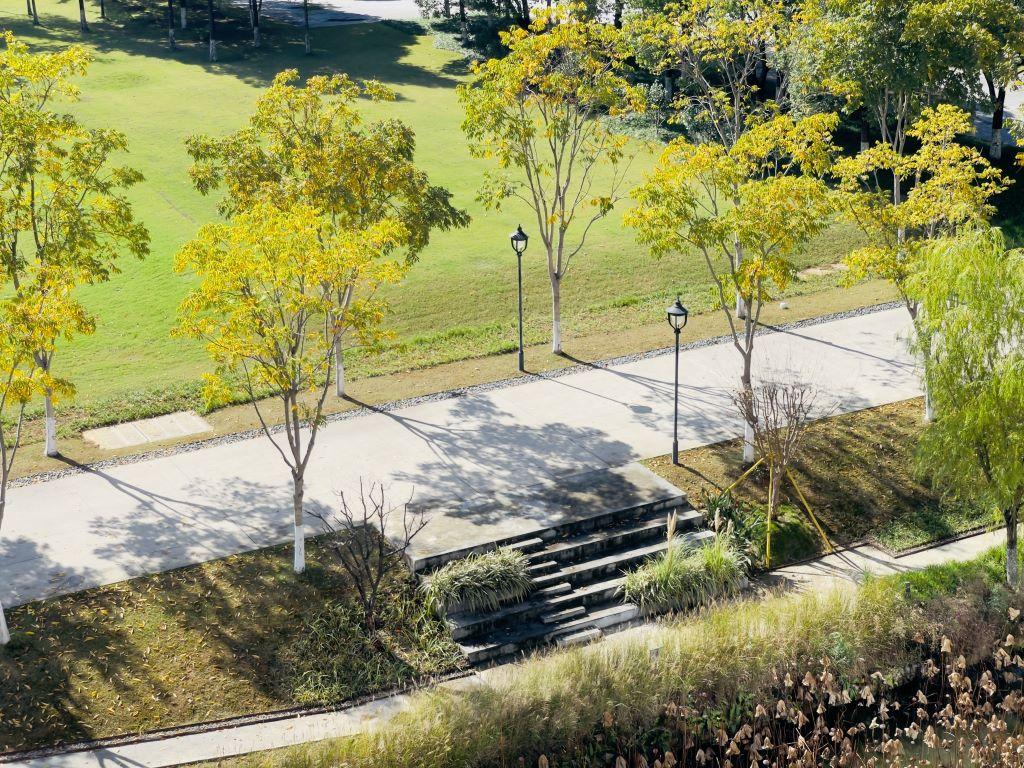

Utilization of Renewable Energy on Campus
WKU actively integrates the utilization of renewable energy such as photovoltaics, solar thermal, shallow geothermal, and biomass energy with the campus spatial layout and regional conditions and enhances the substitution of fossil energy and the capacity for emission reduction. WKU will continuously apply resources such as wind, light, and shallow geothermal energy within and around the campus and strive to increase the proportion of renewable energy utilization on campus.
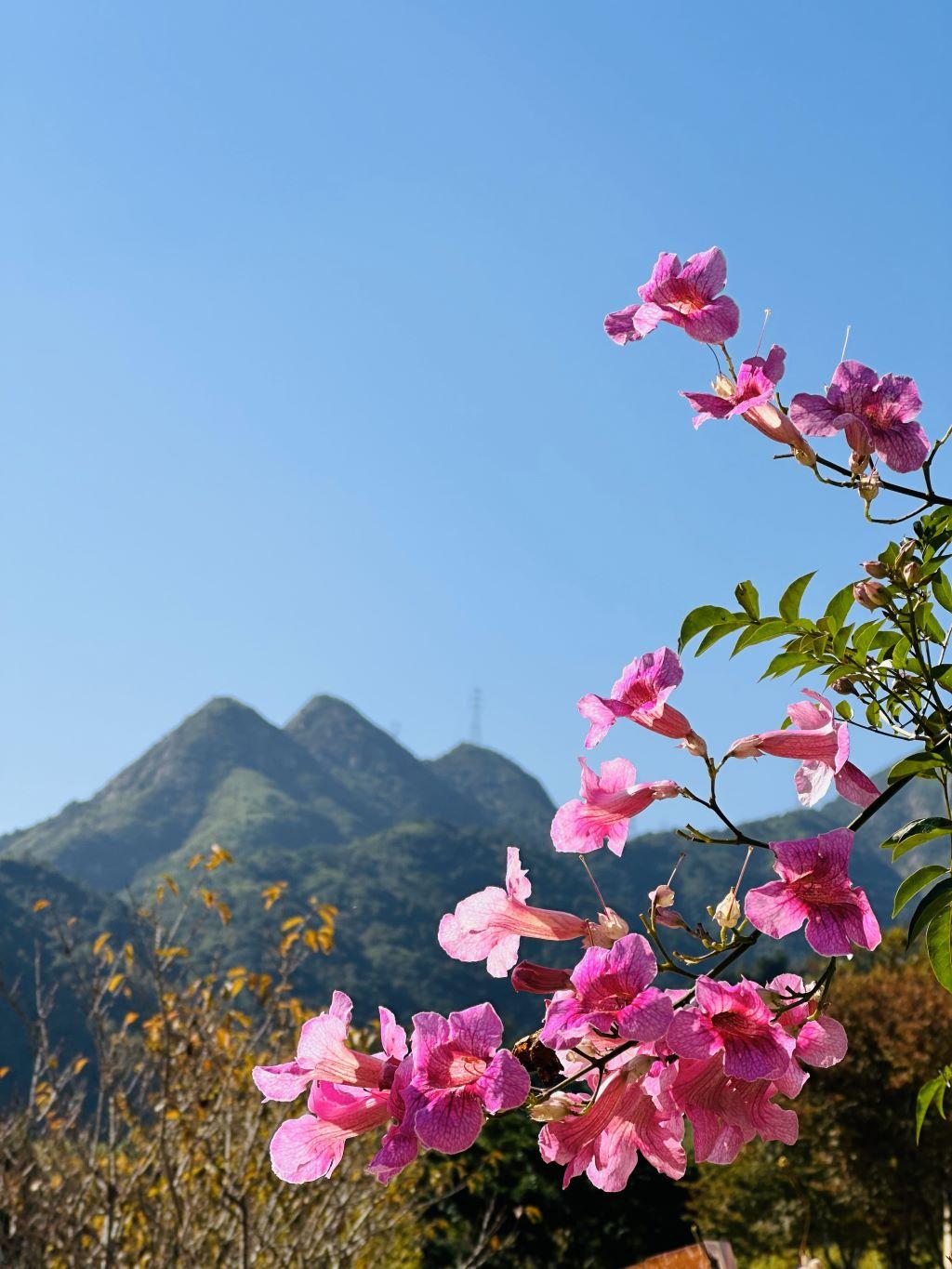
Campus Photovoltaic Utilization
WKU should prioritize installing solar photovoltaic systems to meet the requirements of renewable energy applications. Priority can be given to newly built teachers, student dormitories, and student cafeterias for solar hot water systems or air source heat pump hot water systems. WKU actively utilizes facilities inside and outside the campus to promote the large-scale utilization of photovoltaics.

Utilizing Shallow Geothermal Energy
Wenzhou belongs to a region with hot summers and cold winters. According to the Renewable Energy Development Plan of the National Energy Administration, WKU will develop shallow geothermal energy for heating and cooling in such regions while protecting underground water resources. Forming a demonstration project that is conducive to protecting and transforming residential buildings (maximizing the protection of external appearance) and can achieve efficient energy use.
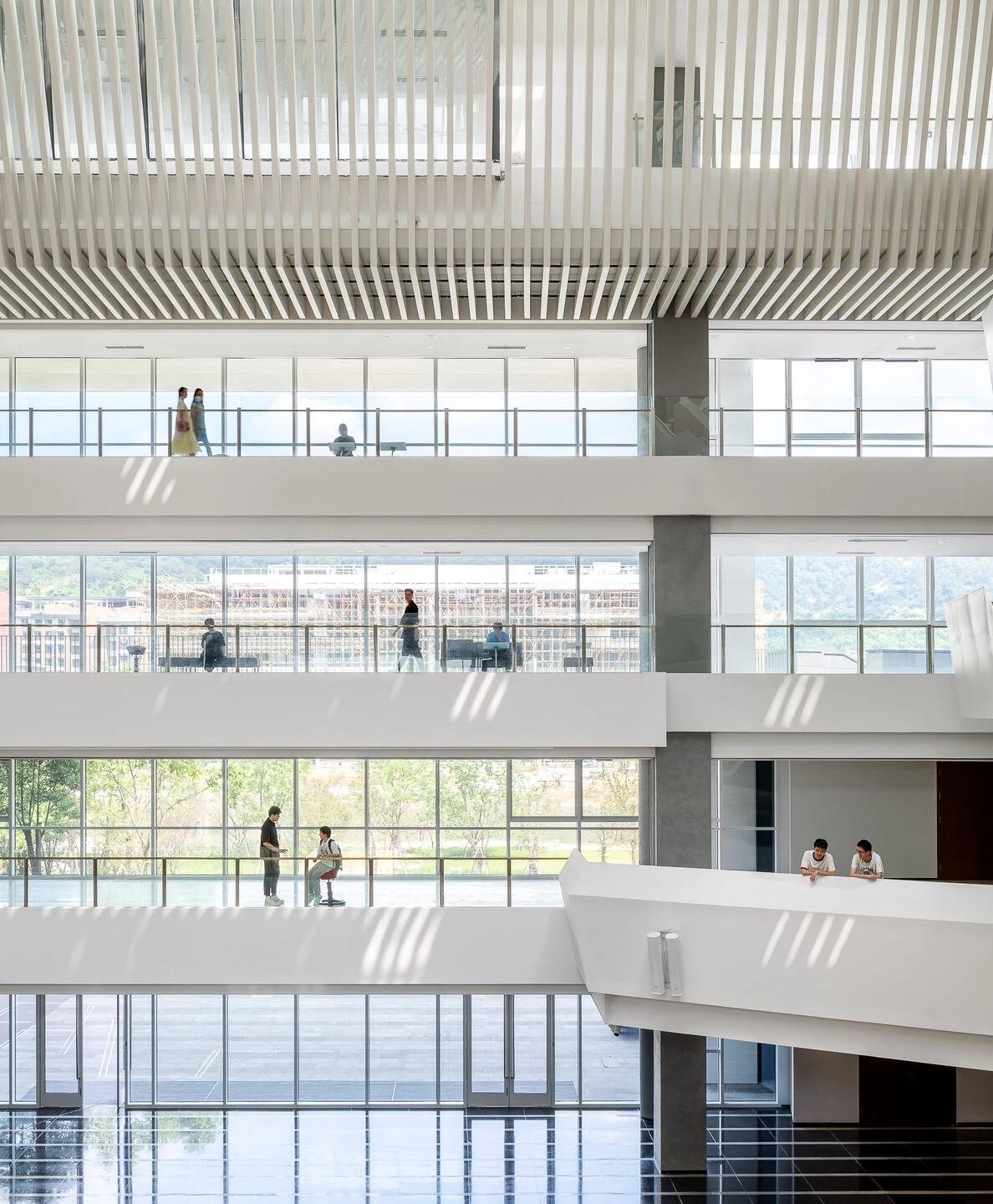
Utilization of Rainwater Planning
WKU has three streams: Xiawandao River, Litang River, and Boao Creek. The central area of the main campus has a constructed central lake with an area of approximately 10,000 square meters. Therefore, in the campus design process, the university follows the principle of ecological priority, implements the concept of low-impact stormwater management, and combines natural approaches with artificial measures to maximize the storage, infiltration, and purification of rainwater in urban areas, while ensuring urban drainage and flood control safety, promoting the utilization of rainwater resources and ecological environment protection. The rainwater from the roofs and roads of the campus is collected, discharged, and filtered before being discharged into the central lake. The water from the central lake is then pumped to the rainwater collection room for purification. After treatment, it is used for flushing toilets in the teaching area and for outdoor greening irrigation.
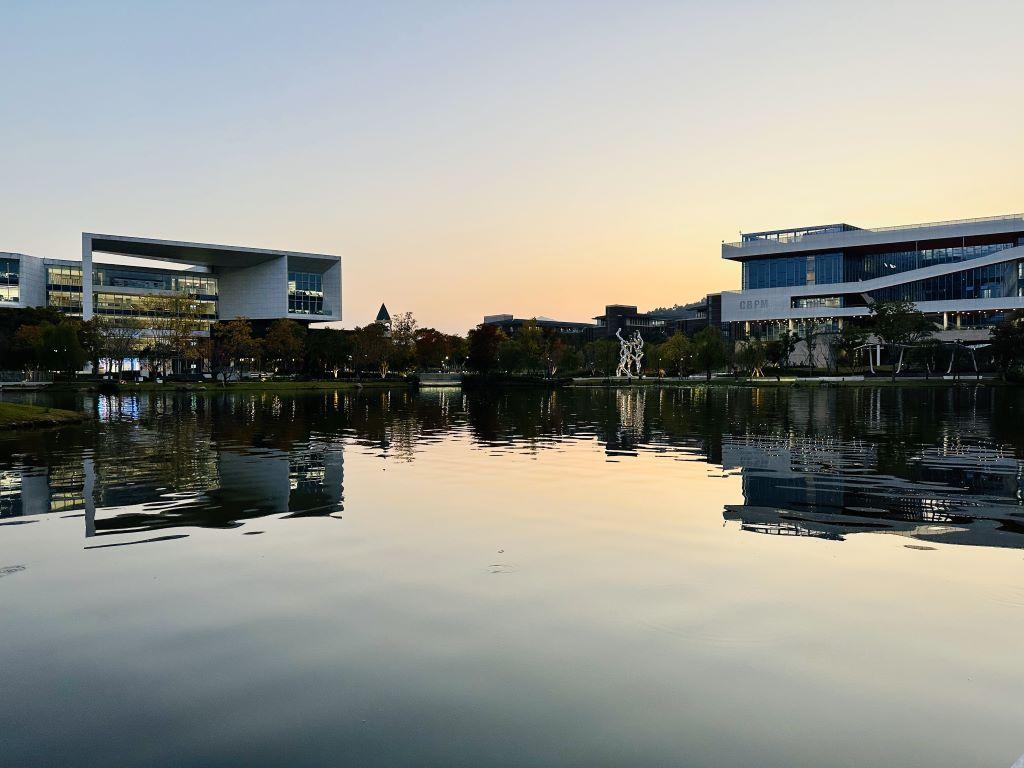
Improve the Rainstorm Flood Management System
WKU campus has established a rainstorm management system called “One Lake, Three Streams, and One Network,” which connects the campus water system with external rivers, forming a natural storage, infiltration, and purification integrated water system network. Make good use of the "One Lake and Three Streams" to prevent rainwater from directly entering the municipal rainwater drainage system. Flexible control of the water level of the internal water system and reduced peak flow through gates and pumping stations to improve flood control capabilities.
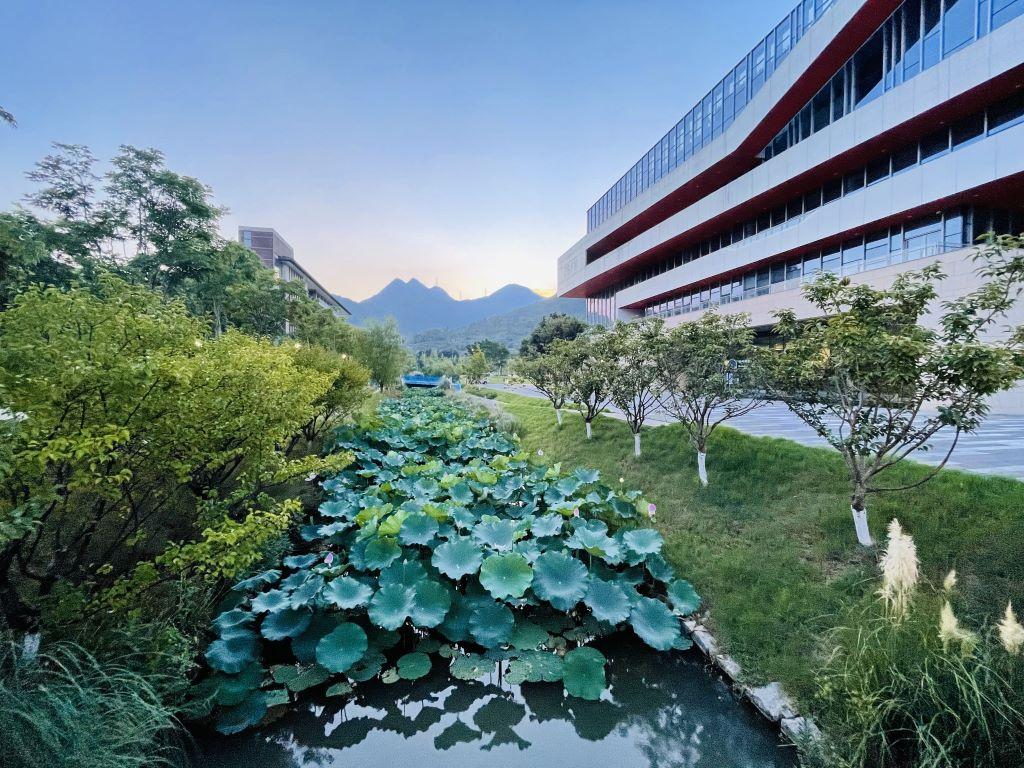
Subscribe to our newsletter or join us on social to be part of the community!
